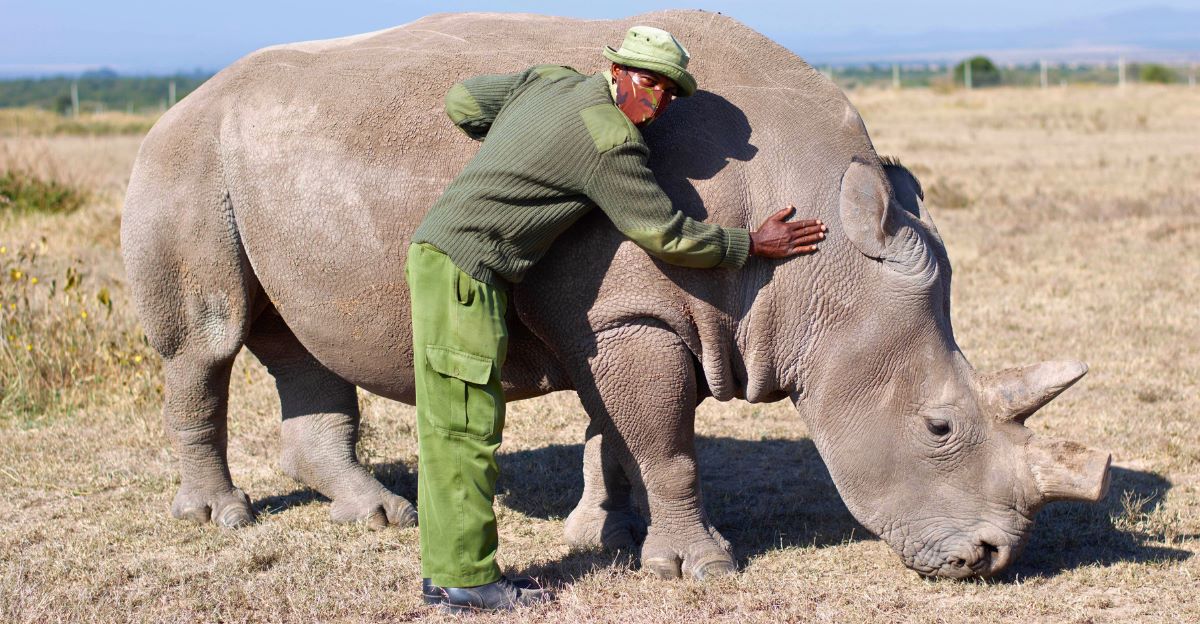
Over the past few decades, scientific research has all pointed towards larger animals not being more prone to cancer despite having more cells, which means more mutation opportunities. This phenomenon is called Peto’s paradox. However, new research could challenge this theory.
New Data
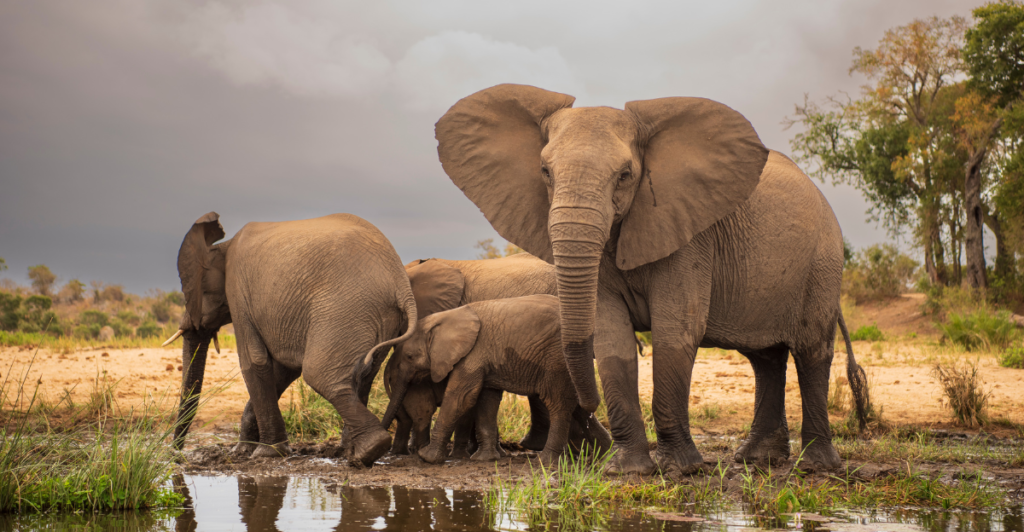
New data shows that 263 species could have had a higher chance of developing cancer due to their larger body size. If this research can be verified, then a nearly 50-year-old belief could be overturned, changing the future of research into cancer in large animals.
Peto’s Paradox
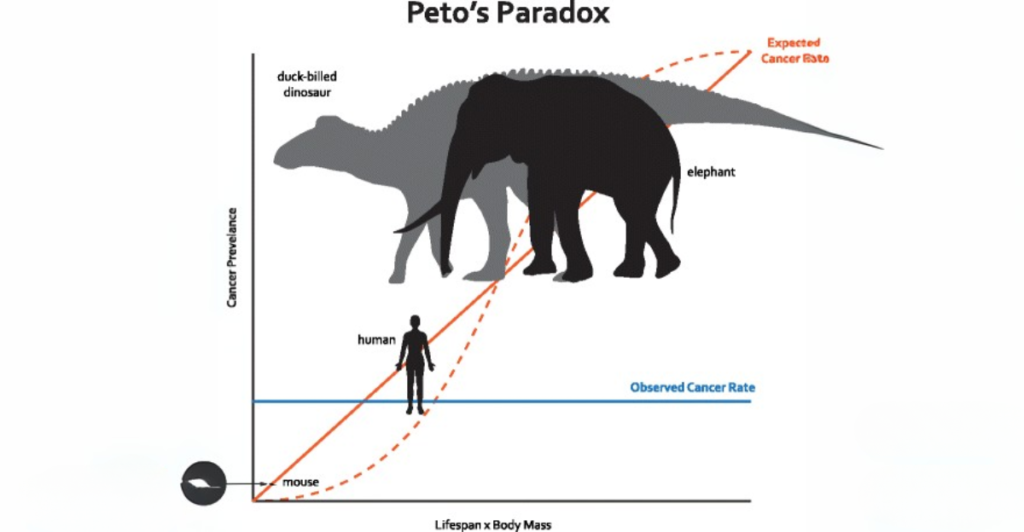
Peto’s paradox suggests that larger animals are not at any increased risk of cancer compared to smaller ones. Larger animals have more cells and normally live longer, increasing the chance of cancer development. However, only a correlation between cancer growth and size has been discovered.
Limited Data
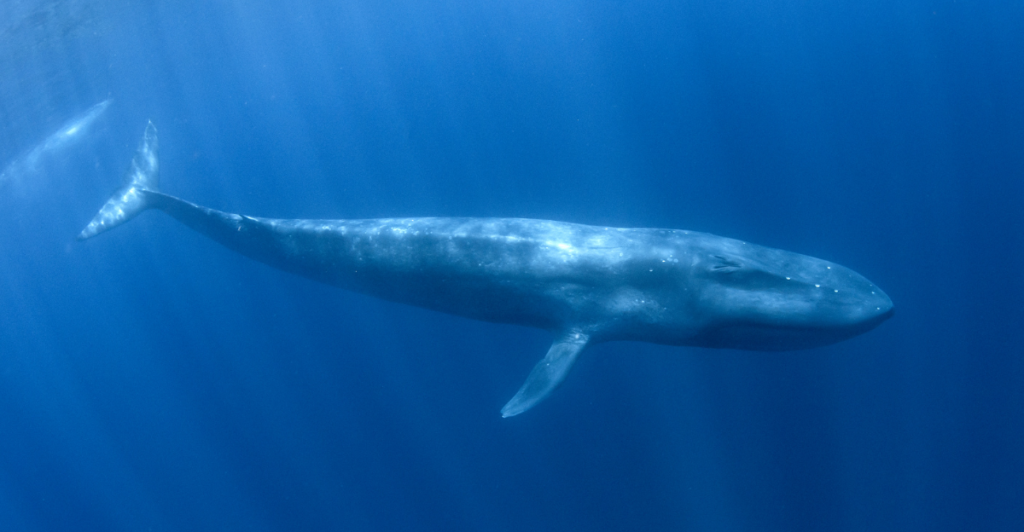
Peto’s Paradox came from limited data and anecdotal observations from nearly 50 years ago. More extensive and modern research has been conducted on the correlation between cancer and size, which reveals that larger animals could be at a higher risk.
The Research
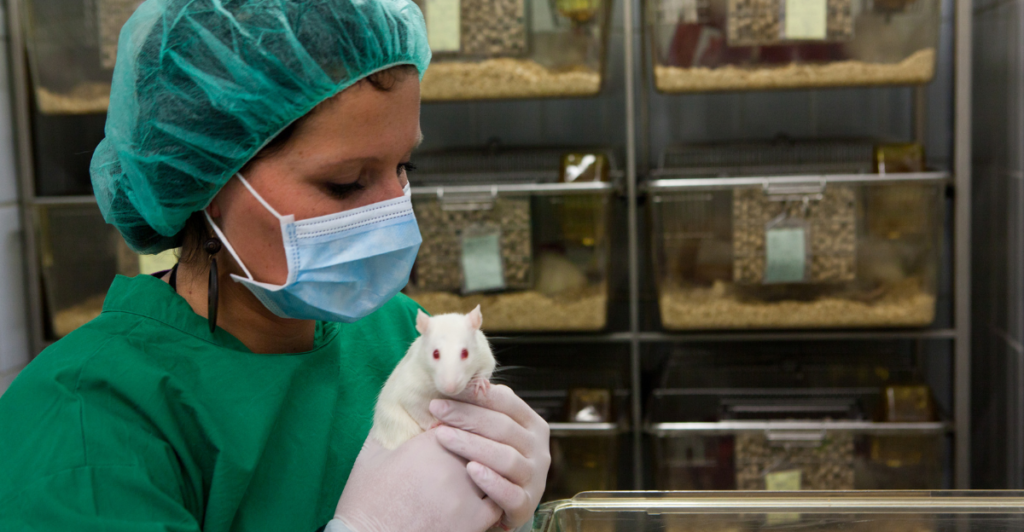
The study examined two hundred sixty-three species, including birds, mammals, reptiles, and amphibians. Researchers examined individual cancer cases instead of using percentiles, as previous studies have. This gave them a better understanding of the size of the animals developing cancer.
Findings
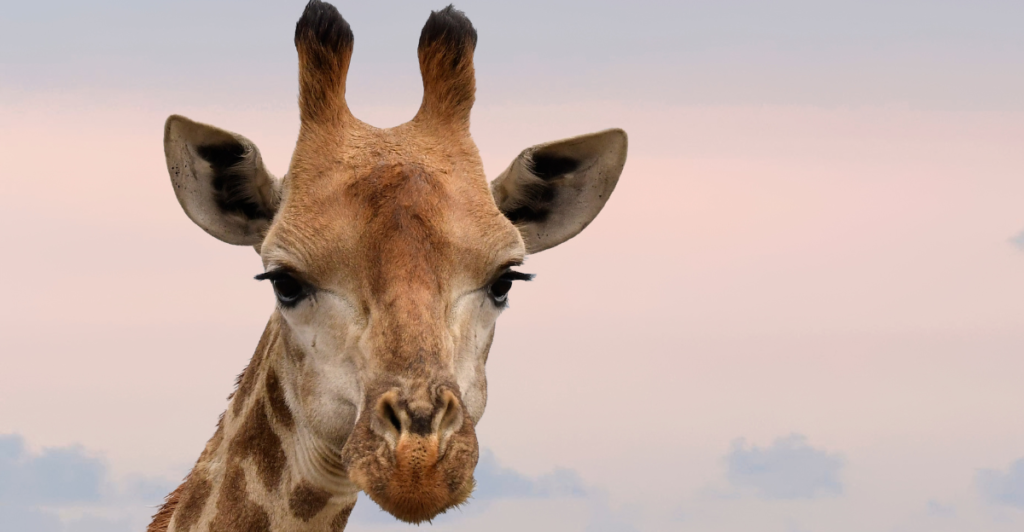
A clear correlation was found in the study. Larger animals seemed to be consistent with more benign and malignant cancer cells. A good example was in both giraffes and elephants, who showcased significantly more cancer compared to frogs and mice. These findings contradict previous data.
Evolutionary Adaptations
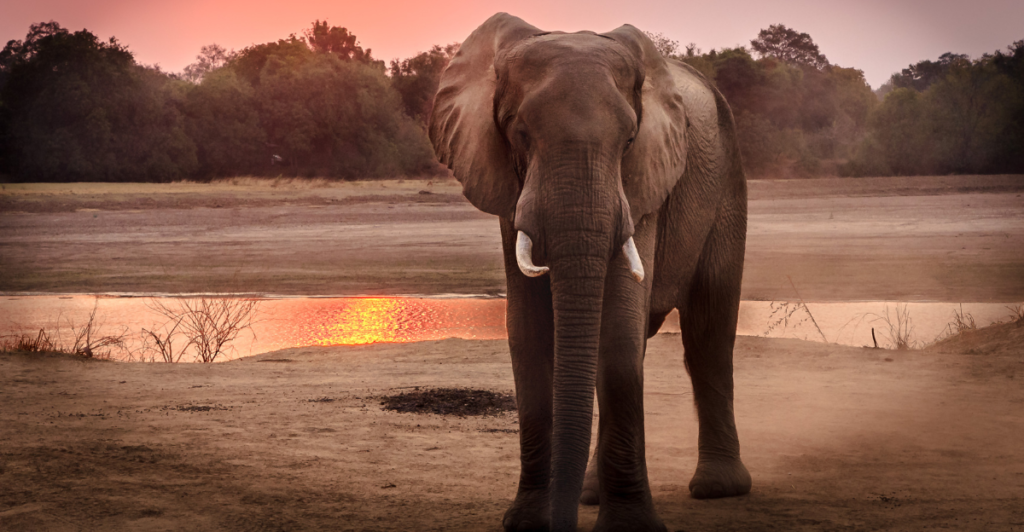
Although the research has shown that larger animals have a higher prevalence of cancer cells, these animals, like elephants, have their evolutionary adaptations against these tumors. Elephants have tumor-suppressor genes like TP53, which may be why the correlation wasn’t found sooner.
Birds And Reptiles
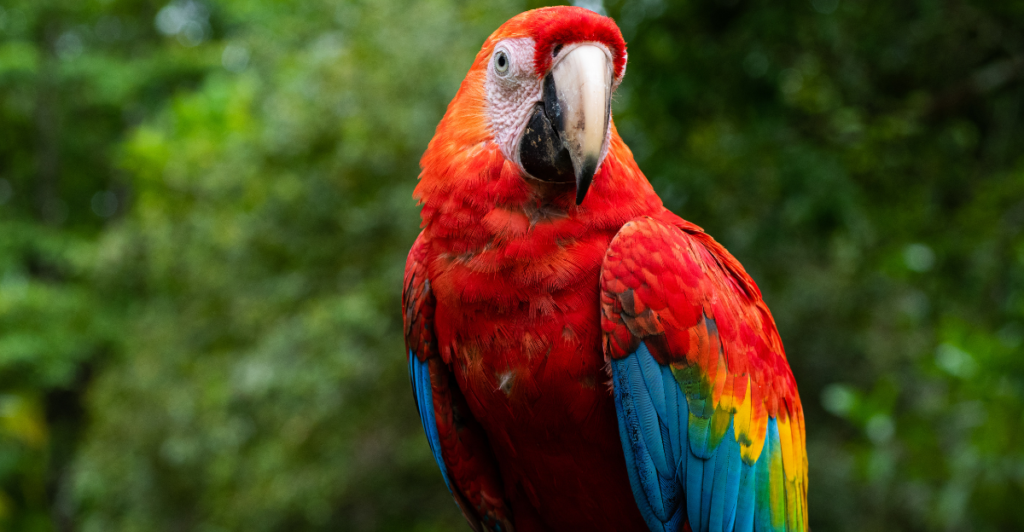
Both birds and reptiles have similar findings to other species, with larger birds like parrots having more cancer cells when compared to smaller species. Larger reptiles also had more malignant tumors when compared with smaller examples, cementing the new findings even further.
Cancer Defense
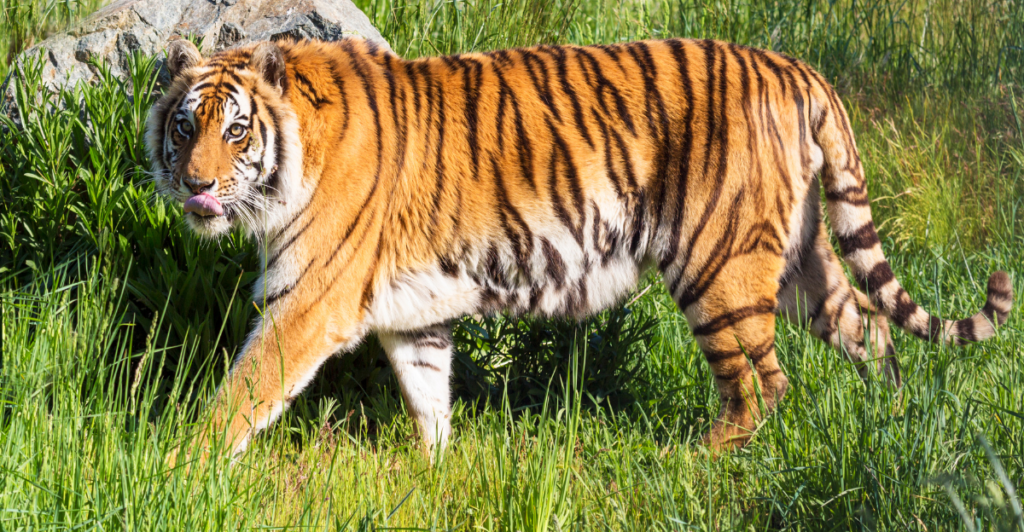
Species with bigger bodies have more defense mechanisms against tumors when compared to small animals. Due to these defenses, elephants are at the same risk of developing cancerous cells as tigers despite their immense size.
Implications
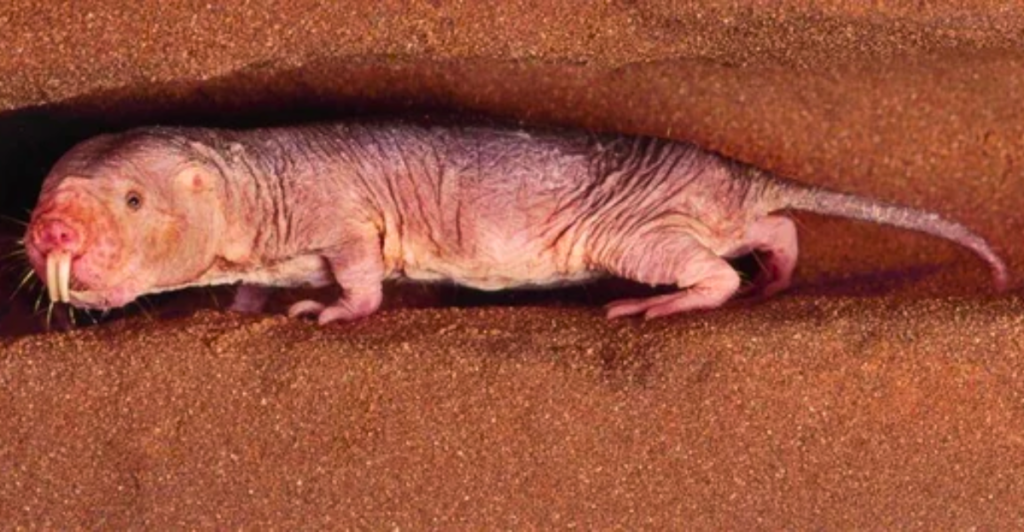
With these new findings, there could be future implications for better understanding human cancer. By studying animals with cancer resistance such as naked mole rats, a innovative treatment could be developed for human cancers.
Natural Selection
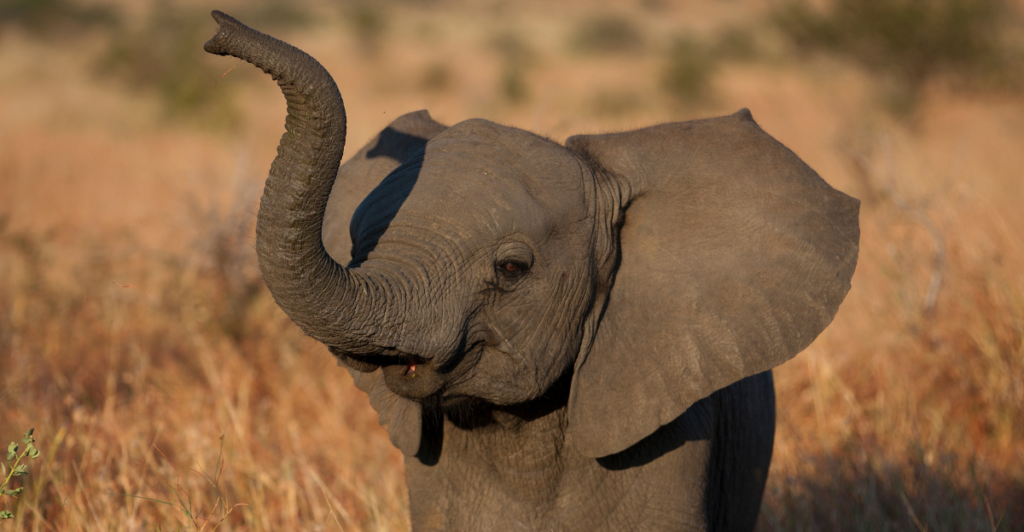
The study not only proved that larger animals are more prone to cancer, but also discovered important anti-cancer defenses in these animals, which portrays natural selection working in a species favor to only have the strongest mechanisms survive.
Higher Cancer Rates
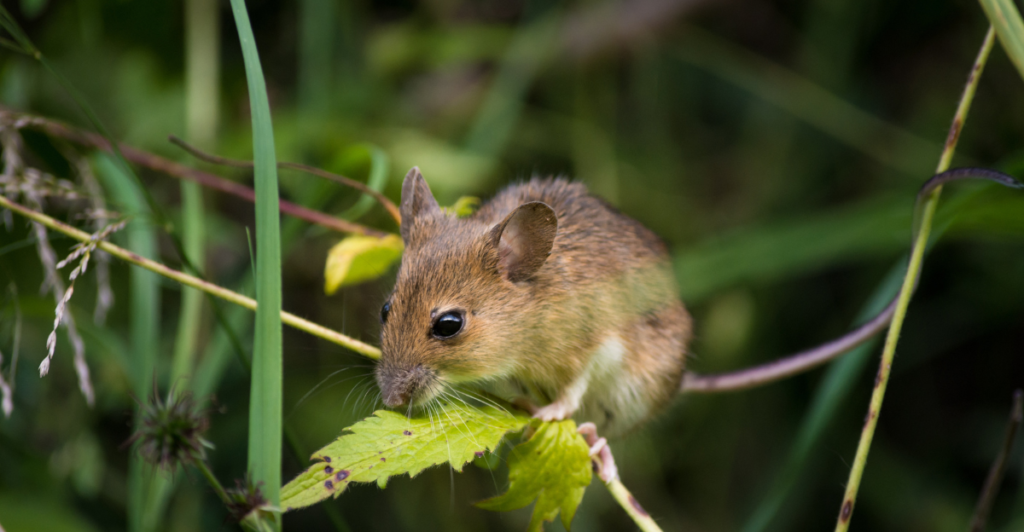
Professor Chris Venditti from the University of Reading said, “Everyone knows the myth that elephants are afraid of mice, but when it comes to cancer risk, mice are the ones who have less to fear. Larger species like elephants do face higher cancer rates – exactly what you’d expect given they have so many more cells that could go wrong.”
A Groundbreaking Study

with the conclusion of the study, Peto’s paradox may become an outdated notion. The groundbreaking nature of the research conducted could revolutionize the future of medicine for treating cancer in both humans and animals alike.
Explore more of our trending stories and hit Follow to keep them coming to your feed!

Don’t miss out on more stories like this! Hit the Follow button at the top of this article to stay updated with the latest news. Share your thoughts in the comments—we’d love to hear from you!







